Easy Yeast Rolls
Just a dozen easy yeast rolls? You got it. No more, no less, and all the easy steps you need to make light, airy rolls anytime you need them.
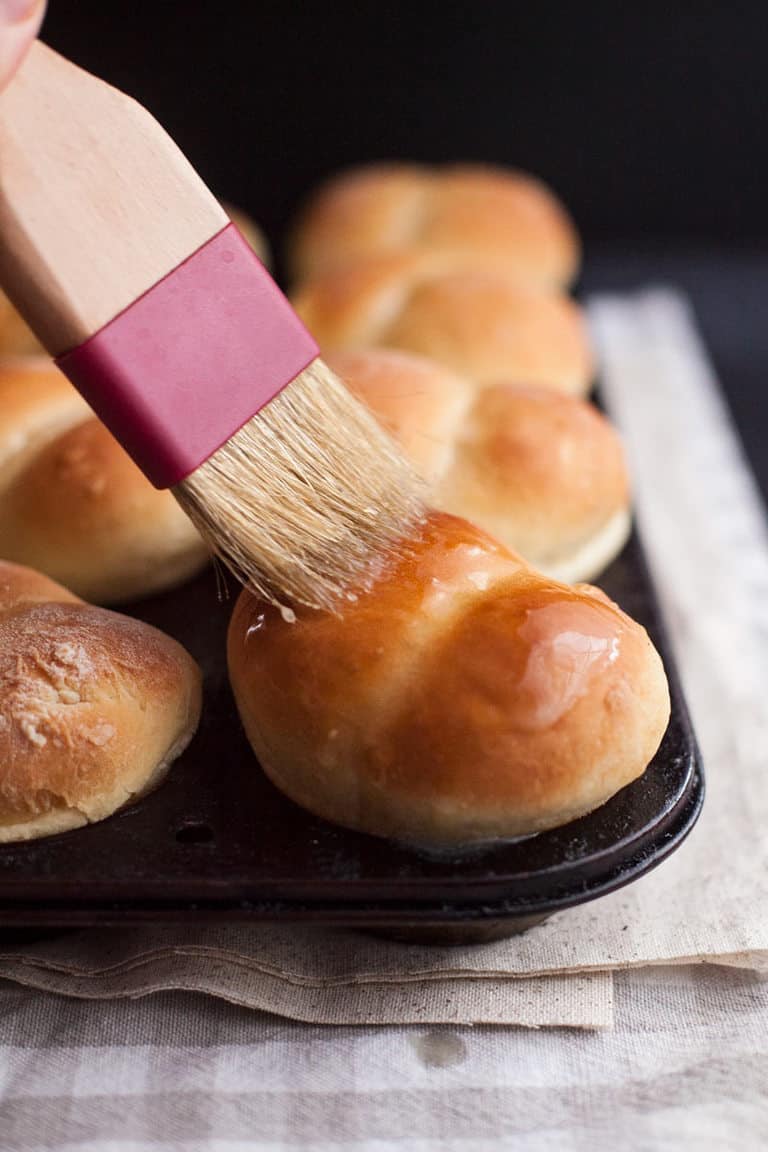
This recipe was originally published in March, 2014
Yeast rolls seem like they terrify way too many people. Are you one of them? Or maybe you’ve been searching for the softest, most flavorful easy yeast rolls that don’t make a blue ton or use 3 pounds of flour to put together.
You just need 12!
No matter what your situation, these easy yeast rolls will do it. This version is made by rolling two balls of dough about 2 inches in diameter and putting them side by side in a muffin tin to rise. That’s how you get the split down the middle. We called these butt rolls growing up. You can see why obviously.
If you don’t want to roll balls, just put them in the muffin tin in one larger ball or place them in a round cake pan barely touching–that’s another easy way to get your easy yeast rolls done with less fuss.
They’ll emerge from the oven so soft, warm and begging for a smear of butter and jam.
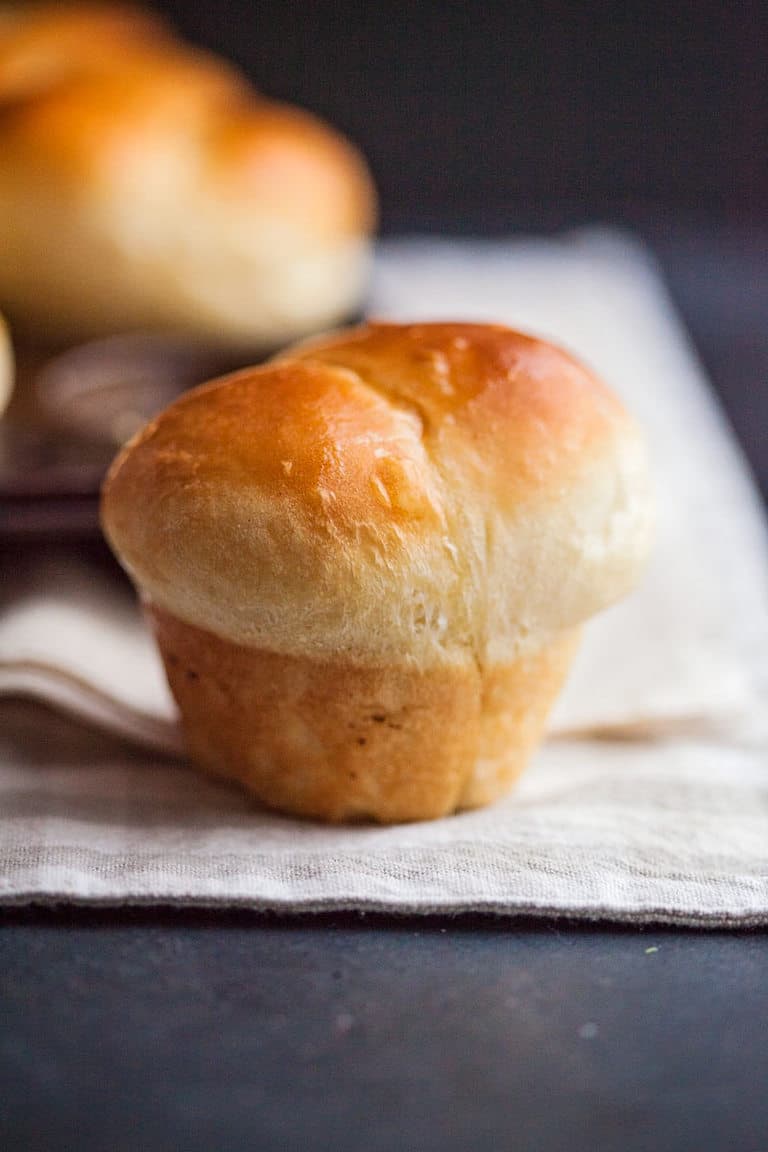
How to make these easy yeast rolls
- You’ll have to tackle yeast. Yes, I know. But you can do it. If you need some help, check out my post on how to activate yeast. It takes about 5 minutes. You can handle it. You can also watch me activate yeast on YouTube.
- Over the years I’ve tried a lot of flours–and a lot of brands of flours–to find one that works best. I actually find that the cheaper the flour is, the better it works, resulting in a lighter dough. If you want to use just all purpose flour, my favorites are King Arthur, Aldi’s flour or Hogsdon Mills from Walmart. I do not recommend Pillsbury or Gold Medal by any stretch.
- Bread flour is also excellent here and something that I really just started using in the last year and a half or so. I really like it here–it has more gluten in it and gives your dough more structure as it rises and I think the the yeast rolls are lighter. I like King Arthur for bread flour. You could also do half all purpose and half bread flour if you wanted to go that route.
- Avoid working too much flour into your dough when you knead it on the counter. A little stickiness won’t hurt anything. Keep your hands floured and avoid dumping it on the dough itself.
- If you want a stronger yeast flavor in your dough, let it rise in a cooler area for longer–the yeast will develop more fully and give you that signature flavor.
The difference between active dry yeast and instant yeast and how to swap them
There have been tons of questions about the difference is between active dry and instant yeast. This recipe calls for active dry yeast which needs to be activated in warm water before using it. I use active dry yeast because it was the standard type of yeast developed before instant and most time trusted recipes are written for that type–but one isn’t necessarily better or worse than the other.
Instant yeast can be activated in water OR it can be added dry right into the flour or dry ingredients and then added to your recipe. Instant yeast does not rise faster than active dry despite the “fast rise” on the package.
If you only have instant yeast on hand
If you only have instant/rapid rise yeast on hand, add the water (warm) that’s used in the recipe in with the eggs and oil. Then open the package of yeast and add it into the flour before adding it to the recipe and proceed as the recipe instructs.
Remember: Instant yeast can still fail
Just because you don’t have to activate instant yeast doesn’t mean it will just automatically rise. Your water must still be the correct temperature (luke warm) and your other ingredients needs to be room temperature as well. Too cold and the yeast still won’t wake up and leaven your rolls.
Not looking to work with yeast? Try my no-yeast quick rolls and give either version a big smear of my slow cooker apple butter.
How to develop a stronger yeast flavor
Yeast doughs develop flavor while they rise. The longer the rise, the more yeasty flavor that will develop. In order to do this, rise your dough in a cool location.
70-80 degree rooms will produce a doubled dough in 1 to 2 hours but to boost flavor, try moving your dough to a cooler part of your house or even a garage or closet that’s about 60 degrees until it doubles in size.
You can rise the dough in the refrigerator but only until it’s doubled–3 to 4 hours.
Can I rise the dough all night in the refrigerator?
Not in this case. I’ve tried it and the yeast amount is too aggressive for a long slow rise resulting in the digestion of all of the gluten in the flour. When morning comes you have a soup of sloppy dough you’ll have to throw out.
If you want to do an overnight or refrigerator roll, you’ll need a recipe written specifically for that process.
Watch me make these rolls on YouTube
Get instructions for this recipe as a loaf of bread here.
How to make these rolls ahead
Freeze them unbaked
The best way to make these ahead is to do the first rise, shape the dough, then freeze the dough balls on a cookie sheet or in the baking pan you want to bake in.
When you want to bake, remove from the freezer, place the dough balls in a greased muffin tin (if you didn’t freeze them in it) and cover with greased plastic wrap. Let the dough rise until doubled which will take 6 to 12 hours then bake.
Freeze them already baked
You can also bake the rolls and freeze them in an air tight container then wrap them in foil and reheat in a low oven for 10 to 12 minutes.
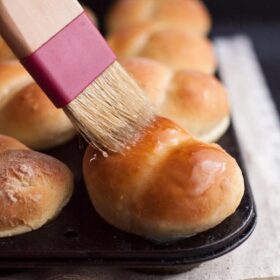
Homemade Yeast Rolls
Ingredients
- 1 cup water about 110 degrees or just slightly warmer than lukewarm
- 1 package active dry yeast *see note 1 for using instant yeast instead
- 3 tablespoons granulated sugar
- 2 tablespoons flavorless oil I prefer avocado but vegetable or canola also works
- 1 egg at room temperature
- 3/4 teaspoons salt
- 3-3 1/2 cups all purpose flour
Instructions
- In a large bowl, dissolve the yeast in the warm water.
- Add the sugar, oil, egg, salt, and half of the flour and mix until just combined.
- Add one more cup of flour and mix until the flour is combined again.
- Add between 1/2 of a cup to 1 whole cup of the remaining flour as needed until the dough comes together and is soft but not gooey. (Usually takes about 3/4 of a cup for me, but will depend on weather and humidity)
- Spray the top with cooking spray and cover with plastic wrap.
- Allow to rise in a warm place for one hour or until doubled.
- Turn dough out onto a floured surface and knead 4 or 5 times until the dough is slightly smooth.
- Spray muffin tin with cooking spray.
- Pinch off balls of dough about 1 1/2 inches in diameter and place two in each muffin tin side by side.
- Allow to rise about one hour more until doubled again.
- Bake at 400 for 12-15 minutes and brush melted butter over the tops when you take them out of the oven.

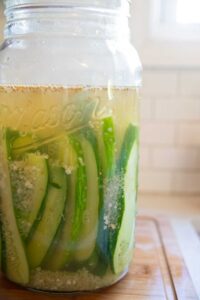
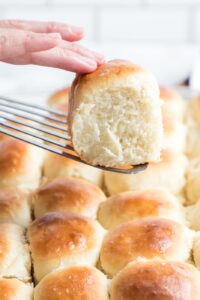
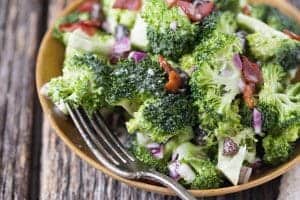

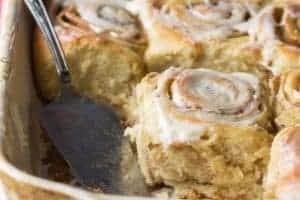


half of the flour is 5 1/4 cups. I had to add more water, nevermind adding more flour. someone please tell me how your dough still ended up dough.
Hey Nancy–the recipe calls for 3 to 3 1/2 cups of flour. Where did the 5 1/4 come in? Are you trying to triple it? This recipe does not triple. It does double really well though. Let me know what you were trying to do and we’ll find you some solutions. –Rachel
I love these rolls! I had tried to make rolls for years , before I tried this recipe … I’ve been making them for the last couple of years and they have turned out great. I follow your instructions and your tips and they turn out great …Thanks!!! I’m making a batch right now ….
I cannot tell you how much I love this recipe!!!!!!! This is my first time ever baking bread and now I’m a bread making monster. I love it so much! The only problem is I’m a bread addict, so I need to put something in the rolls that I do not like…I want others to eat them, not me! 🙂 I’ll put something gross like pumpkin in them. HAHA
Haha! I’m so glad you enjoy it! I don’t eat bread anymore but I do still enjoy making it. –Rachel
Is it normal to have to continue adding small amounts of flour to the ball of dough as I’m kneading? It seems like every time I turn the ball to knead it, the new side is too sticky.
Same question in reference to pinching off balls for rolls: is it normal to have to add small amounts of flour once I’ve pinched off the top layer?
Hey Natalie–Have you seen the video when I knead? I have a teeny tiny amount of flour off to the side and I dust my hands in that or what’s on the board just a little as I go. I always dust my hands and never the dough. But yes, I’d say using a tablespoon or less of flour during kneading and rolling balls is normal. –Rachel
How I miss live yeast in the little foil wrapped Fleishman’s cube. Kind of rubbery feeling, but when you watched it comes to life in the bath of warm milk before adding any other ingredients and inhale the yeasty aroma, you come to realize that some things can only be experienced. Talking gently to it seemed appropriate.
A star for appearance!
A star for texture!
First time making yeast rolls from scratch and am pleased with myself……but, this recipe is a bit sweet for my taste and I’d like more salt.
I really wanted to taste the yeast. I’m not giving up though and next time I’ll give them longer to raise to increase the yeasty taste, as suggested in your comments!
Thanks.
Sure! Just let the first rise go a bit longer at a cooler temperature if you can.
Question: After I pinch off balls of dough and place two in each muffin tin side by side, then allow the muffins to rise, how long can I delay cooking the muffins? (The longer the better.)
Hey Phil, you’ll want to bake those as soon as they double–about an hour or so after shaping them. You can’t let bread rise too long on the second rise or it will collapse when it bakes. You can let the dough rise longer on the first rise before shaping if you need to though. It won’t hurt it to go a couple of hours or even three before shaping. –Rachel
my ‘go to’ dinner rolls. 7/7 family members Love them! I do not use a muffin tin but follow all other directions and they come out Amaizing Every time.
Made these for Christmas. i thought it could use a little more salt (i like salt) but every one else loved them. saved so i could make them again in the future
I love salt too Cho! I usually add salted butter on mine to offset that bit but I’ll make a note on the recipe. –Rachel
I made these today, excellent & easy what more can you ask for,I did subsistud honey in place of sugar..I will definitely make these again
Please share the modifications you made when you subbed honey for sugar! So interesting and I’d love to try! I just read this website and it made me nervous: https://bigislandbees.com/blogs/honey-recipes/how-to-cook-with-honey.
Here’s a post on how to do it Natalie: https://doughdabbler.com/how-to-substitute-honey-for-sugar-in-bread/
I made these yesterday. They are awesome! Thank you for sharing!